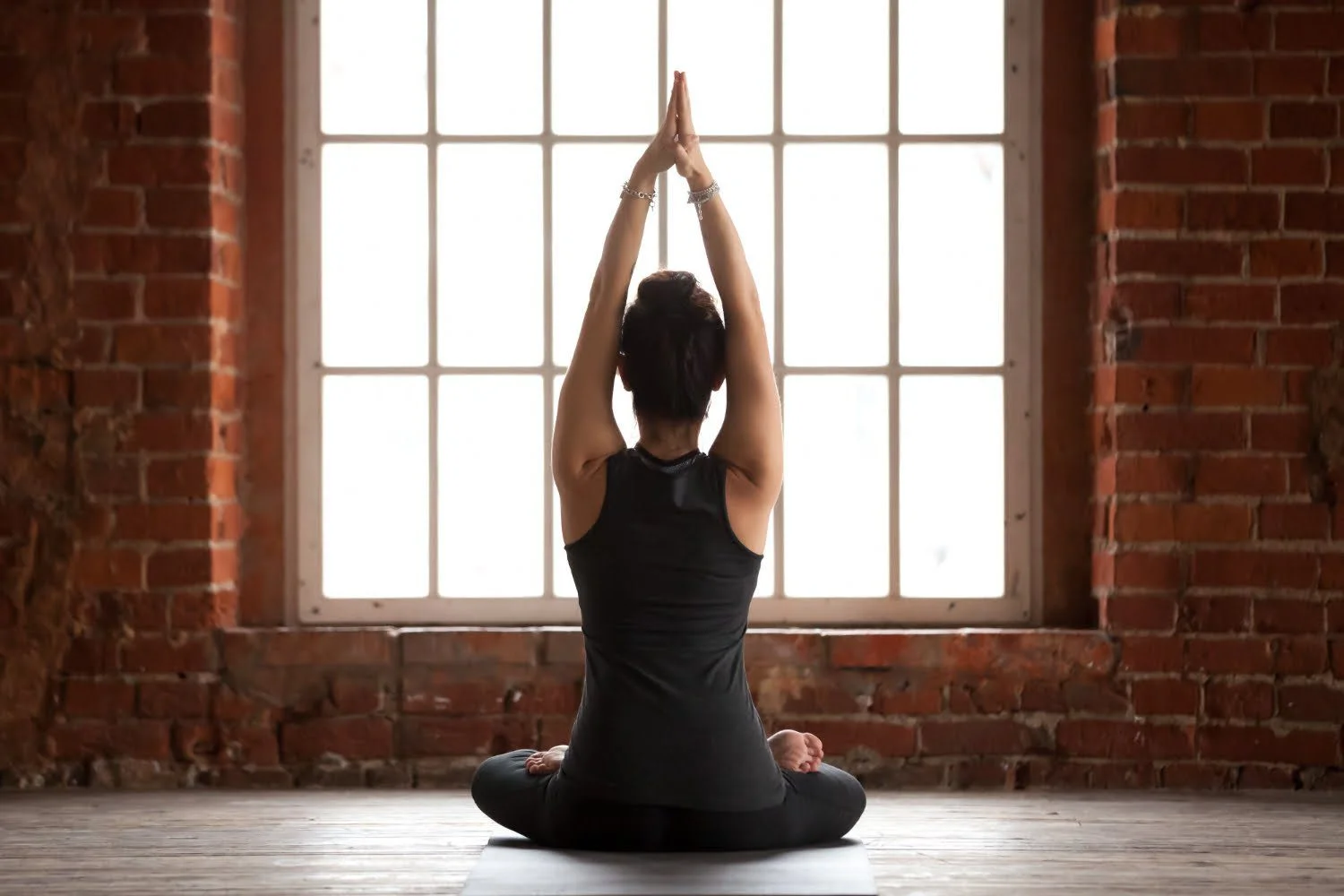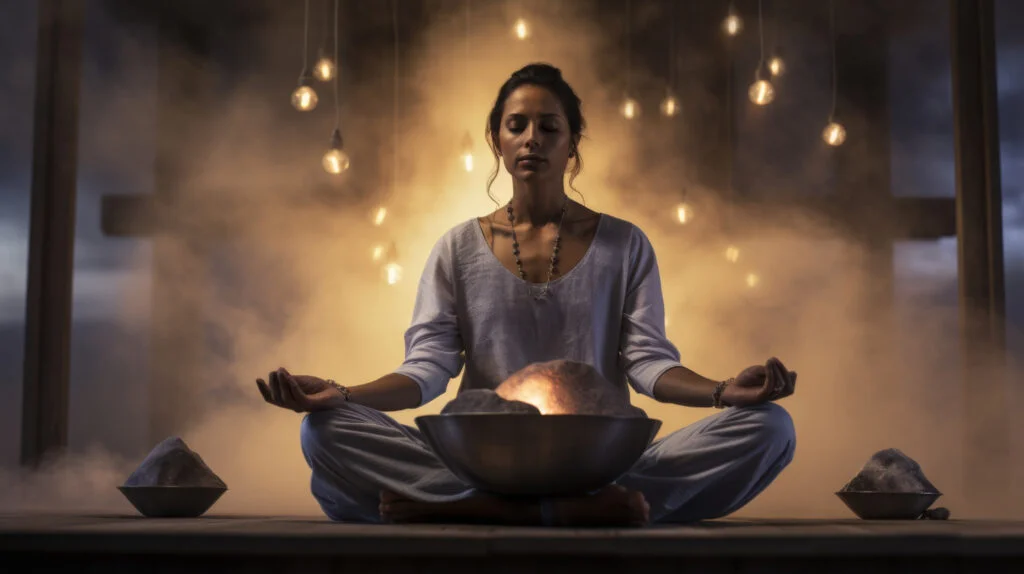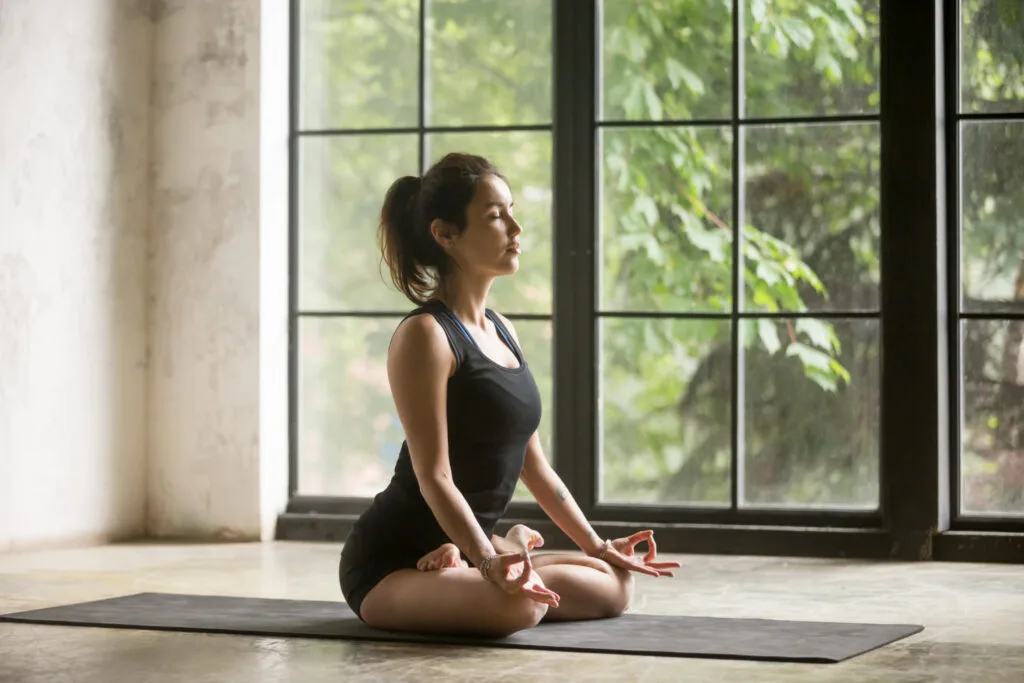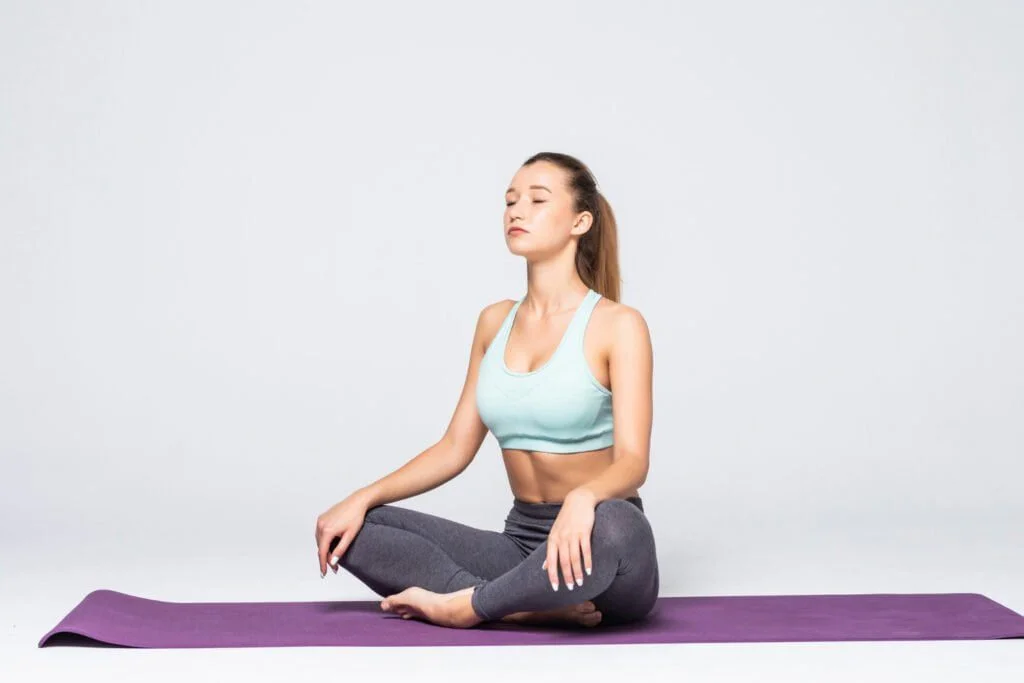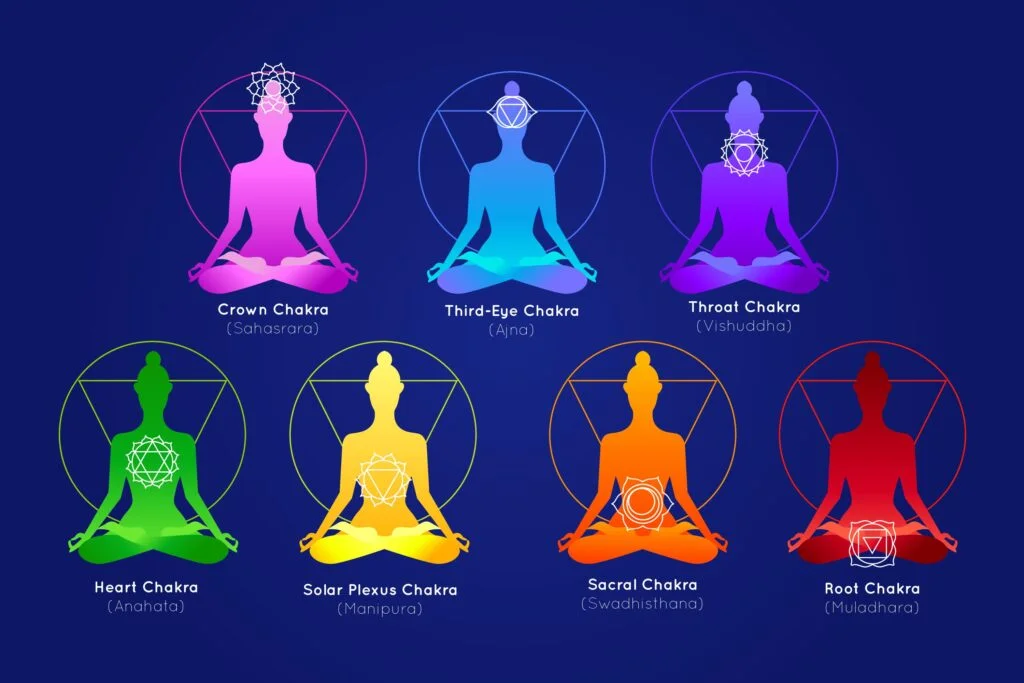Winter Solstice, also known as the shortest day and longest night of the year, marks a significant moment in our annual cycle. As the earth tilts away from the sun, we find ourselves immersed in the darkness and the cold. It is during this time that we seek comfort, stillness, and restoration. Restorative yoga, with its gentle and nurturing approach, offers a perfect antidote to the hustle and bustle of the holiday season and the fatigue that may accompany the change in season. In this article, we will explore the top 10 Winter Solstice Restorative Yoga poses, designed to help us find balance, inner peace, and renewal during this magical time of the year.
Benefits of winter solstice restorative yoga poses.
Here are some key benefits of practicing restorative yoga poses during this special time:
1. Deep relaxation.
Winter solstice restorative yoga poses focus on slowing down and promoting a state of deep relaxation. By holding gentle, supported poses for an extended period, the body can fully let go of tension, allowing stress and anxiety to melt away. This relaxation response helps to calm the nervous system and restore balance in the mind and body.
2. Improved flexibility and mobility.
Restorative yoga poses gently stretch and release tension from the muscles, joints, and connective tissues. This slow and deliberate stretching improves flexibility and mobility, helping to alleviate stiffness commonly associated with cold winter months. With consistent practice, these poses can gradually enhance overall range of motion.
3. Enhanced circulation.
The deliberate use of props, such as bolsters, blankets, and blocks, in restorative yoga poses helps to support the body in a way that encourages healthy blood flow. This increased circulation can help to warm up the body from the inside out, promoting better circulation to the extremities and aiding in the delivery of oxygen and nutrients to the cells.
4. Stress relief.
Winter solstice restorative yoga poses are known for their ability to reduce stress and promote a sense of calmness. By focusing on deep breathing and surrendering to the support of props, these poses activate the parasympathetic nervous system, which is responsible for the body’s relaxation response. This can lead to a reduction in stress levels, improved sleep quality, and an overall sense of well-being.
5. Emotional and mental balance.
The winter solstice is a time associated with introspection and reflection. Restorative yoga poses during this time provide an opportunity to cultivate mindfulness and connect with one’s inner self. This introspective practice helps to bring emotional and mental balance, allowing for greater clarity, self-awareness, and a deeper understanding of oneself.
6. Immune system support.
During the winter months, when the immune system may be more susceptible to illness, restorative yoga poses can help to boost immunity. By reducing stress, improving circulation, and promoting relaxation, these poses support the body’s natural healing mechanisms, enhancing overall immune function.
7. Rejuvenation and renewal.
As the winter solstice marks the transition from darkness to light, practicing restorative yoga poses during this time can symbolize a personal journey towards renewal and rejuvenation. These poses provide a space for individuals to tap into their inner strength and resilience, allowing them to let go of what no longer serves them and embrace new beginnings.
| 💡 Tips FitToFar.com Winter solstice restorative yoga poses offer a multitude of benefits for the body, mind, and spirit. By embracing the slower pace and introspective nature of this time, individuals can experience deep relaxation, improved flexibility, enhanced circulation, stress relief, emotional and mental balance, immune system support, and a sense of rejuvenation and renewal. |
Top 10 winter solstice restorative yoga poses.
Here are the top 10 winter solstice restorative yoga poses along with instructions on how to do them:
1. Child’s Pose (Balasana).
Begin by kneeling on the mat, then sit your hips back onto your heels. Extend your arms forward, lowering your forehead to the ground. Breathe deeply into your back for a calming and grounding effect.
2. Legs-Up-The-Wall Pose (Viparita Karani).
Sit sideways with one hip against the wall. Slowly turn your body towards the wall as you swing your legs up. Rest your back and head on the ground, allowing your arms to relax by your sides. This pose helps to release tension and improve circulation.
3. Reclining Bound Angle Pose (Supta Baddha Konasana).
Lie down on your back and bring the soles of your feet together, allowing your knees to fall open to the sides. Place your hands on your belly or gently stretch them overhead. This pose opens the hips and invites a sense of surrender.
4. Supported Bridge Pose (Setu Bandha Sarvangasana).
Lie on your back with your knees bent and feet hip-width apart. Place a block or bolster underneath your sacrum and relax your arms by your sides. Allow your body to melt into the support, releasing any tension in the lower back.
5. Supported Fish Pose (Matsyasana).
Sit on a bolster or folded blanket, then lie back with your head and upper back supported. Extend your legs straight or place the soles of your feet together. Relax your arms beside you and let the chest open. This pose helps to relieve stress and expand the heart center.
6. Supported Shoulderstand (Salamba Sarvangasana).
Place a folded blanket under your shoulders and upper back, while your head rests on the mat. Lift your legs up towards the ceiling, supporting your lower back with your hands. This pose activates the thyroid gland and brings a sense of calm.
7. Supported Headstand (Salamba Sirsasana).
Interlace your fingers and create a foundation with your forearms. Place the crown of your head on the mat, pressing gently into the ground. Slowly lift your legs up towards the sky. This inversion pose helps to increase blood flow to the brain and enhance mental clarity.
8. Corpse Pose (Savasana).
Lie down on your back, extending your legs and arms comfortably by your sides. Close your eyes and relax your entire body, surrendering to the stillness. Focus on your breath and let go of any residual tension, allowing complete relaxation and restoration.
9. Standing Forward Fold (Uttanasana).
Stand with your feet hip-width apart, hinge at the hips, and fold forward. Allow your upper body to release, bending your knees if needed. Let your head hang heavy and relax your neck. This pose helps to calm the mind and release stress.
10. Seated Meditation (Sukhasana).
Find a comfortable seated position, either cross-legged or on a bolster. Rest your hands on your knees or in a mudra of your choice. Close your eyes and focus on your breath, allowing any thoughts or worries to gently fade away. This pose cultivates inner stillness and invites introspection.
| 💡 Tips FitToFar.com Remember, restorative yoga is all about nurturing yourself and finding stillness within. Take your time with each pose, listen to your body, and allow the breath to guide you into a deeper state of relaxation. Enjoy the winter solstice and let these restorative poses bring you tranquility and renewal. |
Who can do winter solstice restorative yoga poses?
Winter solstice restorative yoga poses can be practiced by anyone, regardless of their age, fitness level, or previous experience with yoga. These poses are designed to provide deep relaxation, release tension, and restore the body and mind during the darkest and coldest time of the year. Whether you are a beginner or an advanced yogi, these gentle and nurturing poses can help you find balance, calmness, and inner peace. By embracing the stillness and introspection encouraged by the winter solstice, these restorative yoga poses offer a valuable opportunity for self-care and rejuvenation.
Who should avoid winter solstice restorative yoga poses?
While restorative yoga poses during the winter solstice can provide calmness, relaxation, and rejuvenation, there are certain individuals who should exercise caution or avoid these poses altogether. Pregnant women should consult with their healthcare provider before engaging in any new exercise routine, as certain poses may not be suitable for their changing bodies.
People with certain medical conditions, such as acute injuries, chronic pain, or cardiovascular issues, should also approach restorative yoga poses with caution, seeking guidance from a qualified instructor. Additionally, those who struggle with extreme cold temperatures or have a sensitivity to low light conditions may find that the winter solstice setting does not align with their personal comfort or well-being. It is important for everyone to listen to their bodies and prioritize their own safety and well-being when engaging in any form of physical activity.
What is the best time to do winter solstice restorative yoga poses?
The best time to practice winter solstice restorative yoga poses is during the winter solstice itself, which typically falls on December 21st or 22nd. This is a time when the sun reaches its lowest point in the sky, marking the shortest day and longest night of the year. Restorative yoga poses are gentle and calming, designed to promote relaxation and restore balance to the body and mind. By practicing these poses during the winter solstice, when the natural world is in a state of rest and stillness, we can align ourselves with the energy of the season and tap into its introspective and reflective qualities. It is a time to turn inward, release tension, and cultivate a sense of inner peace and tranquility.
Bottom Line.
Winter solstice restorative yoga poses offer a valuable opportunity to reconnect with oneself and find solace during the darkest time of the year. By embracing the stillness and introspection that this season brings, these poses allow us to restore our energy, balance our emotions, and cultivate a sense of inner peace. Whether it’s the gentle folds of Child’s Pose, the grounding nature of Legs-Up-The-Wall, or the profound relaxation of Savasana, these restorative poses offer a sanctuary for both body and mind. By taking the time to slow down and honor the winter solstice, we can tap into our own inner light and emerge from this season with renewed vitality and clarity. So, as we enter the winter solstice, let us embrace the restorative power of yoga and find comfort in the stillness of the season.

 Workout
Workout
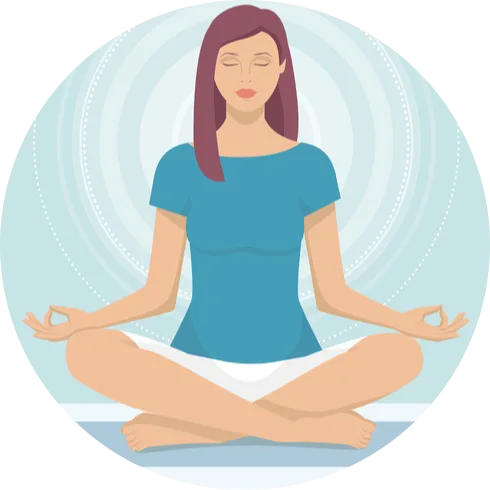 Meditation
Meditation




 Contact Us
Contact Us

